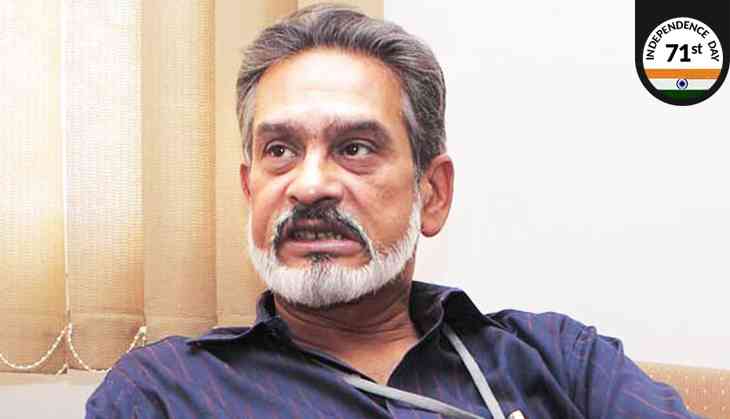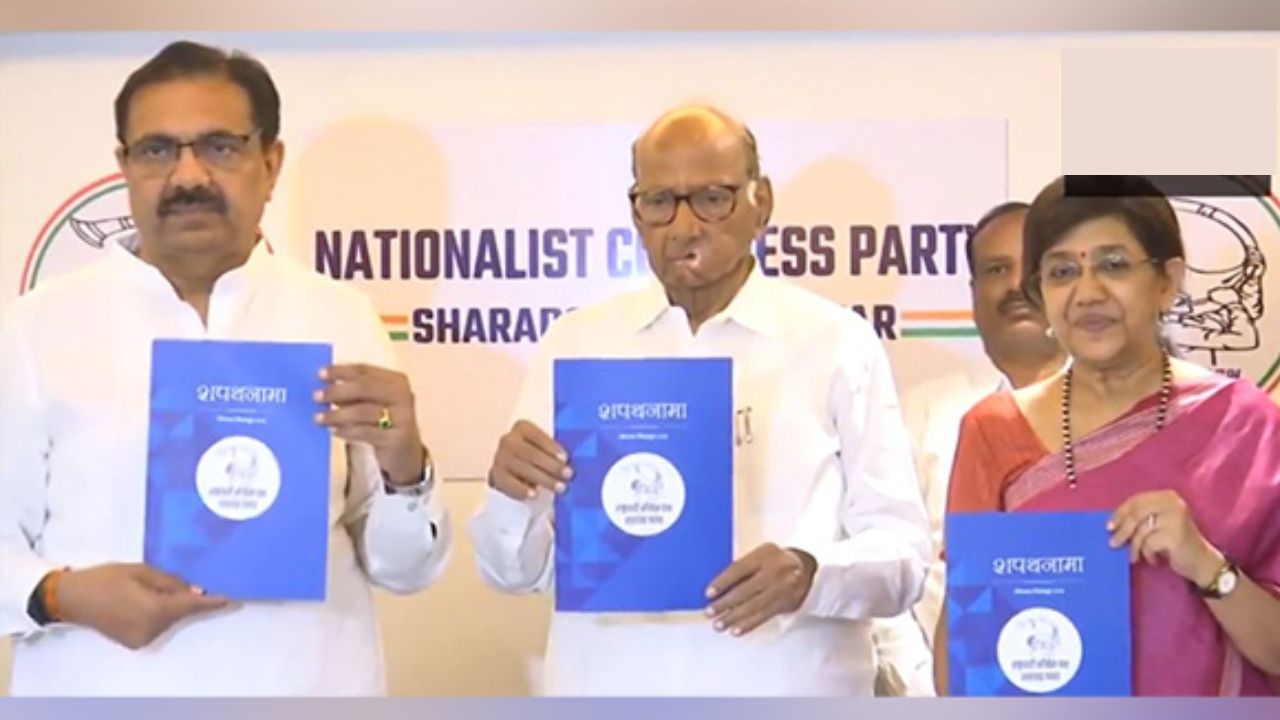Too late for India to gain from demographic dividend: Dr Pronab Sen

Over the past decade, demographic dividend has been the focus of India's economic projections. But in 2017, people have begun to discuss whether the theory of demographic dividend is relevant in India's case.
Demographic dividend is the point in an economy when the working age population is more than the non-working age population. In other words, the much-touted 'youth' advantage that India currently possesses.
But if India fails to utilise this opportunity, which was responsible for the growth of other industrialised nations, what will be its social costs?
In an interview with Catch, India's former chief statistician, Dr Pronab Sen, discusses various aspects of the theory of demographic dividend. Excerpts:
Was the theory of demographic dividend a myth?
No, the demographic dividend theory is empirical and based on the experience of various countries at different turning points of development.
When there are relatively small number of children and small number of old people compared to people in the working age, this is the time when growth in an economy takes off.
It has happened over and over again, all over the world. So it is not a myth.
But now that experts say about half the window is already gone, where do you think India has gone wrong?
See, nothing has gone wrong. There are two main channels through which demographic dividend leads to higher growth.
In the first channel there is an increase in number of workers, and if these workers are productively employed, it raises the growth rate.
The second channel is related to the first. Because there are less number of dependents on the workforce, the investment rate goes up.
Both of these channels are necessary for the demographic dividend to work. In India's case, the first channel does not work, because we have always been a labour-surplus market. We are also a country where women's participation in the workforce is low.
The second channel, related to savings and investments, did work. Our savings rates went up in the mid-1990s. But again, the extent of that effect was relatively small.
Do you subscribe to the belief that demographic dividend is reaped by economies whose engines are propelled by manufacturing rather than services?
I don't think that is necessarily correct. Yes, manufacturing would help. But there is more to that. As an economy, we have too large an informal sector. Whether that formalisation happens in the manufacturing or in the services sector does not really matter.
Do you think that as a nation we have deliberately promoted the informal economy due to our belief in Gandhian philosophy that kept village at the centre of an economy?
Let's look at the US experience. There, you have industries which were located in villages, and those villages transformed into urban areas. To a large extent, this has happened in India, too. But here, the upscaling of these industries did not happen. So the markets that these industries were addressing, continued to remain small and localised.
Our demographic dividend is likely to last till around 2040. Can we make up for lost time?
I don't think so. The two essential influences required for demographic dividend to be successful are working in India, but they are not as dramatic as they should be.
We are already an underemployed economy, so the labour part does not contribute much. We are already a high savings economy, so our investments will also not go up.
The failure ultimately is in not being able to utilise that additional manpower that is coming up.
Until the Sarva Shiksha Abhiyan (SSA) was launched, we were not educating our people. So their ability to access quality jobs was limited. We are now trying to make up lost ground.
Remember, the demographic dividend started in the early 1990s, but the SSA only came in 2002. And those who entered schools in 2002 will become employable after a decade. So out of our 40-year window, we have lost 20 years.
If that education had happened in the 1950s and 1960s, we would have been ideally placed to take advantage of the demographic dividend.
Was the Nehruvian model of human resource development, which preferred higher education over primary education, flawed?
No. There were constitutional limits. The Constitution put primary education in the domain of states. So, the Nehruvian model focussed where the Constitution enjoined the central government.
But that was a time when most states were under the same party's government...
They may have been under the same government. But when people say what was it that the central government was putting its money into, they need to know that when we have this kind of constitutional division, you cannot say that the central government should focus on primary education.
But even now, the Sarva Shiksha Abhiyan is being funded by the central government...
Yes, it is being funded by the Centre. But the implementation is by state governments. The central government can only be an enabler, and at best, a financier.
The world has entered the phase of de-globalisation. In this phase, is there any hope for India to actually utilise its additional workforce and reap the benefits of the demographic dividend?
Yes, of course. What is globalisation? Isn't it getting access to newer markets?
India has a huge rural area, which is an untapped market. The only question is, how do we convert it into a potential market which has 70% of the country's population?
This rural market can become a substitute for the global market.
Is artificial intelligence (AI) a big a danger to our workforce?
It does pose a danger. But automation makes sense, when the size of a company goes above a particular level. Prior to that, it does not yield the desired profits.
So, it is a question to going back to old economics. Do we want an economy in which we are getting more and more monopolisation; where we have a few large companies dominating the whole sector?
Or do we want smaller companies, which work in a highly competitive framework?
If we choose the latter, then AI is less of a threat, because companies of that size will be productive, but it will not pay them to replace workers with automation.
Former RBI governor Raghuram Rajan once argued that small and medium enterprises do not generate jobs as compared to large industries. Do you disagree with this theory?
There is a confusion in that argument. It is true that there are particular lines of business, such as garments, textiles, and electronics, where you had large factories employing large number of labourers. But, in that context, we need to analyse that if you have companies of that large scale, what markets are you going to address?
You are talking about the large Chinese factories, which can do well only when there is availability of a large global market. For India, that's not an option. If we want to make rural India the seat of demand growth, we need a different model.
Yes, it is true that larger companies tend to be more productive than smaller companies. But it is also true that for them, automation makes sense. And if they are moving towards automaton, then apart from being more efficient in using capital, they will also become more efficient in using labour.
That will not help our economy in any way.
To tap India's rural market, the purchasing power of the rural population needs to be increased. Do we have a way to do that?
We did it for a very brief period in the mid-2000s. But largely, we have followed an international classic model of industrial revolution, in which we squeeze the rural markets in order to provide surplus for the urban and the industrial areas.
This model deliberately keeps agricultural prices down. This keeps the inflation low and gives more money to the urban population to create demand.
This extraction of surplus from rural areas to fund industrial growth has been tried for many years. The only period it did not happen was between 2004 and 2012, when inflation went up, driven by higher agricultural prices, which increased the purchasing power of rural people.
But today, we have a model that focuses on controlling inflation by suppressing agricultural prices. We need a different model in for growth. At least, we need to discuss a different model.







![BJP's Kapil Mishra recreates Shankar Mahadevan’s ‘Breathless’ song to highlight Delhi pollution [WATCH] BJP's Kapil Mishra recreates Shankar Mahadevan’s ‘Breathless’ song to highlight Delhi pollution [WATCH]](http://images.catchnews.com/upload/2022/11/03/kapil-mishra_240884_300x172.png)

![Anupam Kher shares pictures of his toned body on 67th birthday [MUST SEE] Anupam Kher shares pictures of his toned body on 67th birthday [MUST SEE]](http://images.catchnews.com/upload/2022/03/07/Anupam_kher_231145_300x172.jpg)






_251372_1280x720.jpg)